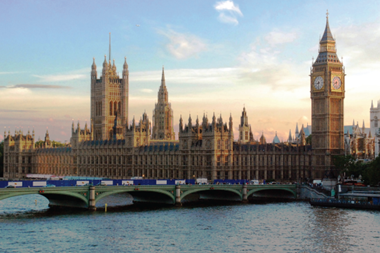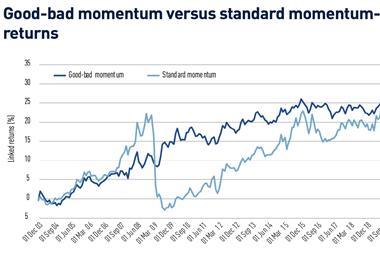Universities Superannuation Scheme (USS), the UK’s largest private pension scheme by way of assets under management, has decided to signpost its members to a drawdown service.
USS members who wish to access their defined contribution (DC) benefits through drawdown will be able to transfer their funds directly into a drawdown account run by Lifesight, Willis Towers Watson’s master trust.
The move is part of USS’s growing member support proposition, a spokesperson for the £82bn (€97bn) scheme told IPE.
A hybrid scheme since 2016, USS now has around 90,000 members with DC assets on top of their defined benefit savings. The DC assets were worth £1.6bn as at 31 March 2021; in the 2020-2021 period USS members retired with DC savings totalling £52m.
Helen McEwan, chief pensions officer at USS, said: “Signposting members to a drawdown provision as part of a balanced range of retirement options is an important part of the USS retirement experience.
“We have an in-house team who conducted a thorough review of the master trust market and we were very impressed with LifeSight, from the transparency and access provided by the management team to the independent governance provided by its trustee board. Its investment operations, its commitment to ESG and the online experience and tools available to members were particular strengths that we identified.”
According to Lifesight, USS’s decision to signpost its members to it for drawdown provision is believed to be the first time that a UK master trust has appointed another master trust to provide services to its members.
Fiona Matthews, managing director of LifeSight, said this “shows how this market is evolving and maturing”.
There are currently 36 authorised master trusts in the UK, according to the regulator’s list, although SEI recently announced it was acquiring Capita’s DC master trust and further consolidation is expected. USS is classified as a master trust as it provides pension savings to employees of many different universities.
LifeSight has around 245,000 members and £12bn in assets under management, the vast majority of which are in its default funds.
Net-zero update
Earlier this year USS announced a net-zero-by-2050 ambition, saying it did not yet have a detailed strategy to deliver on the goal but had not wanted to wait to make a public announcement.
“We’re trying to signal to the market, to policymakers, to our investments, that this is something we want to do, and the sooner we signal that the better,” David Russell, head of responsible investment, said at the time.
In an update published on the scheme’s website today, chief executive officer Simon Pilcher indicated the scheme was looking to announce interim targets next year.
He said there were significant data challenges, but that USS had appointed S&P Trucost to improve USS’s estimates of its carbon footprint across the whole portfolio, which would enable the scheme to establish the baseline against which it could measure progress against the 2050 net-zero goal.
“It is important to say ‘estimate’,” Pilcher wrote. “We expect there to be marked variability in our measured footprint as new and better data becomes available, even as we seek to drive our carbon footprint lower over time.”
As USS had previously indicated, he said the scheme was considering switching benchmark and introducing a climate ‘tilt’ for its DC investments.
Pilcher also reiterated USS’s view that engaging with investee companies was the most effective way to achieve net-zero, although he said this did not mean the scheme would not use divestment if it became clear a particular sector or company could not transition to net-zero.
USS not divesting from fossil fuels is one of the grounds on which some academics are seeking to take USS to court, arguing that this has caused, and would continue to cause, significant financial detriment and not in beneficiaries’ interests. The rest of the academics’ claims, which USS has said have “absolutely no merit”, are to do with the contentious 2020 valuation.











No comments yet